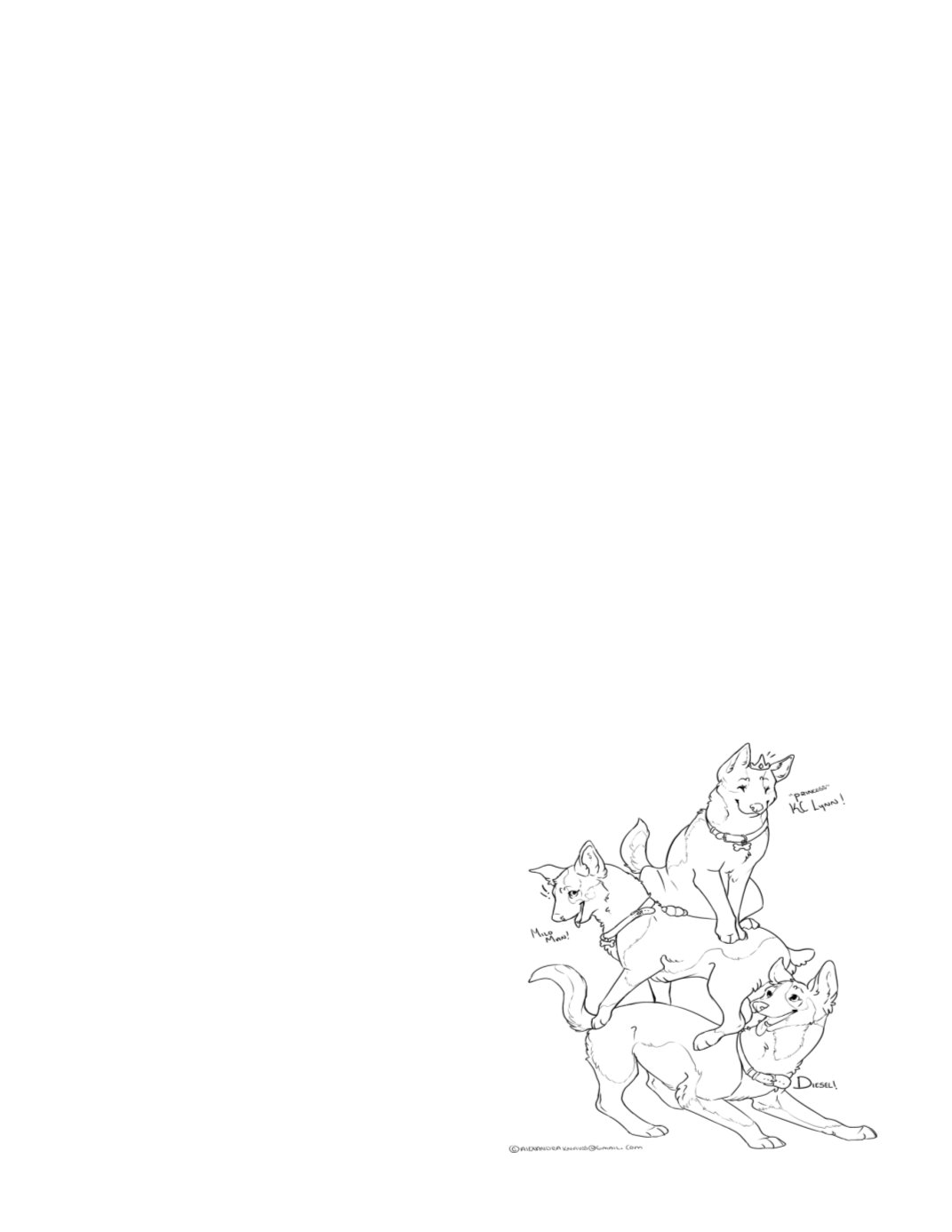

Everything Horses and Livestock Magazine ®
Everything Horses and Livestock®
|
November 2017
|
EHALmagazine.com
32
When I’m presented with a patient that exhibits the
clinical signs of Parvo I perform a Parvo Snap Test.
If the test is negative my top differential diagnosis
goes to Coronavirus. While waiting on laboratory
test to confirm what I suspect, I begin treatment
as with any viral gastrointestinal disease, but usu-
al see better and quicker results if the problem is
Coronavirus. As with any viral infection age, body
condition and good nutrition all affect the outcome
of treatment.
Parainfluenza virus or viruses offer upper respirato-
ry signs in the patient. Flu like symptoms are nor-
mally seen, fever, nasal discharge, cough, difficulty
breathing, lethargy and exercise intolerance are
seen. Most viral infections are treated with broad
spectrum antibiotic to take care of secondary bac-
terial infection brought on by the virus effect on the
body. The virus must be allowed to run its course
as we support the patient with antibiotics, fluids and
nutritional support. Usually this virus responds to
treatment better than the others even though it’s
very contagious but the mortality rate is low.
Leptospirosis is a bacterial disease that affects
mammals including humans. It’s very contagious
and can even penetrate intact skin that can cause
an infection. Generally this bacteria affects the kid-
neys and can be deadly is left untreated. “Lepto” is
fairly common in our part of the country and should
certainly be included in your pet’s yearly vaccines.
Deer are a common vector or spreader of this
disease, they shed the bacteria in their urine and
contaminate soil and water. Another very common
spreader of “Lepto” are rodents, those nasty mice
and rats running around. And you can find them
anyplace.
Kennel Cough or Bordetella bronchiseptica is a
bacterial infection in canines. It can also be caused
by different viruses including distemper, respiratory
corona, herpes and influenza. A harsh, dry hacking
cough is the main clinical sign but lethargy, poor ap-
petite are also seen. It is very contagious especially
in kennel and pet salons where dogs congregate.
For dog owners this disease can be very exasper-
ating with the constant hacking and coughing. On
a positive note it has low death rate but it is very
annoying.
Rabies, as we all know, is a deadly disease in all
mammals in including humans. Once contracted
it is always fatal. No treatment exists for this dis-
ease and the only way to combat it is immunization.
Most veterinarians will go through their entire career
without ever seeing a case of rabies. I happen to
be one of the few that experienced a case of rabies
in a dog my second year out of school. Excessive
salivation, nervousness, aggressive behavior and
neurologic signs are seen. Not a pretty sight but
certainly one I’ll never forget. Take home mes-
sage……Make sure you pet has this vaccine!
Other vaccines are available like Lyme disease and
depending on you location should be considered.
Your veterinarian can make recommendation for
your area. Vaccines effects wear off and antibod-
ies produced to combat these diseases have a
limited lifespan. They are easily replaced by year-
ly booster vaccines and will be there if you pet is
challenged. I hope this has been informative and
sparked your interest to learn more about what you
can do to help your pets have a healthy life.
MARK PILAND, DVM
Continued from Page 17
















